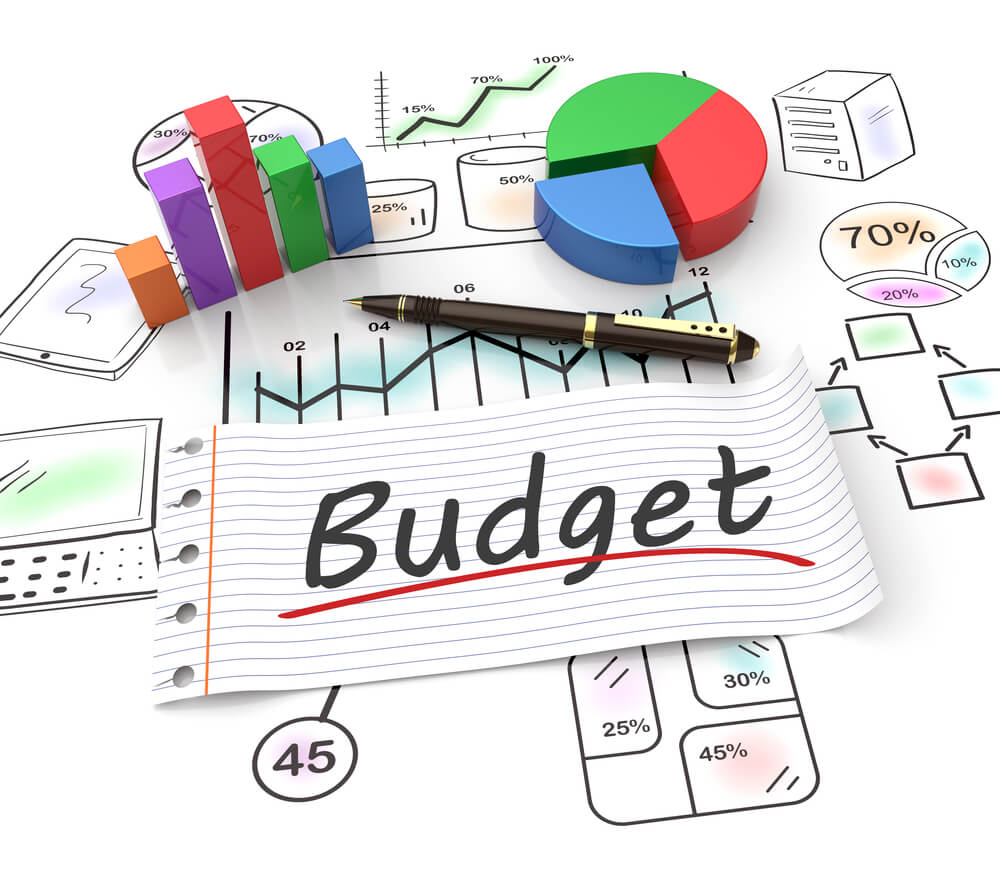What Kind of Marketing Budget Is Realistic?
Setting your marketing budget is a highly individualized process that depends greatly on several factors: what industry you're in, the size of your company, your marketing strategy, and even your target audience. There is no one-size-fits-all answer to what constitutes a "realistic" marketing budget, because a realistic budget for your goals can be as large or as small as your overall objectives.
However, there are some common elements you can consider while designing your marketing budget that can give you a better idea of what it will cost to implement your marketing plan.
1. Set Clear Marketing Objectives
Start by clearly defining your marketing goals and what you intend to accomplish.
What do you want to achieve through your marketing efforts? Is it brand awareness? Lead generation? Customer acquisition? Starting with clear objectives will help guide your budgeting decisions. They can also help you take a closer look at the frequency or date span of your campaign, which can make it easier to determine what it will cost over time.
2. Analyze Past Performance
Review your previous marketing activities and their outcomes. Identify which strategies and channels worked well for you in the past, including which ones allowed you to generate a positive return on your investment. Then, you can allocate your resources to the areas where they are likely to be the most effective.
If you do not have previous marketing performance, or if you are questioning the results of past campaigns, talk with your marketing partner about the most effective strategies and tactics for your industry.
3. Know Your Target Audience
A strong understanding of your target audience and your audience's preferences can go a long way to helping you learn more about your marketing needs.
Get to know:
- The channels and platforms your audience uses
- How they engage with marketing messages
- What they are looking for from your business
Once you understand your target market, you can better shape your marketing efforts to address their needs and make the most of every marketing dollar.
4. Research Industry Benchmarks
Look for industry benchmarks and the average marketing spend in your sector.
Review your industry resources, including blogs and market research, to get a better feel for what others are doing in your industry. While every business is unique, benchmarks offer a starting point for building a realistic budget.
5. Consider the Customer Acquisition Cost (CAC)
By calculating customer acquisition cost (CAC), or the cost of bringing a new lead through the sales funnel to become a satisfied customer, you can get a better feel for what your marketing budget will look like, including how much you need to allocate in order to acquire new customers with your target ROI.
6. Set Percentage Revenue
A common approach to determining the marketing budget is allocating a certain percentage of your expected revenue to the marketing effort.
While the percentage varies based on factors like your industry and your growth stage, a range of 5-15% revenue is often considered reasonable.
7. Prioritize Marketing Channels
Carefully consider the effectiveness and cost-efficiency of the marketing channels you're considering for your brand. Consider digital advertising, content marketing, social media, email marketing, events, cause marketing, and any other channels you might want to use as part of your plan.
Allocate more resources to channels that have delivered better results for your brand in the past or that are more likely to reach your target audience.
8. Consider Seasonality and Industry Trends
Pay attention to the seasonal variations or industry-specific trends that may impact your marketing efforts. Adjust your budget to capitalize on peak seasons or align with market shifts.
Look at trends in your marketing so you can adapt to them as needed: you don’t want to miss opportunities that can help you grow your brand and achieve your goals.
9. Monitor and Measure Results
You need a robust tracking and analytics system that will measure the performance and ROI of your marketing campaigns.
Pay attention to what is performing well, what isn't performing as well as you had hoped, and what changes you may need to make to see enhanced results. While it is important to analyze results and make needed changes, it's equally important to maintain consistency over time so that your message isn't disrupted.
10. Allow Flexibility for Experimentation
Reserve a portion of your marketing budget for testing new strategies, channels, and tactics. Innovation and adaptation are key in the dynamic marketing landscape. You do not want to miss opportunities because you have set your marketing budget in stone, based on past challenges, and needs.
Instead, allow some flexibility for experimentation that can lead to future breakthroughs. Of course, you do not want those experiments to come at the expense of your overall campaign.
Let Mid-West Family Southwest Michigan Help with Your Marketing Plans
Planning, adjusting, and testing are important. However, plotting a strategic marketing campaign with a devoted budget is just as critical.
When you need help planning your budget, strategy, and ROI, Mid-West Family Southwest Michigan has a team of experts that can analyze your business or industry trends and build the appropriate plan and budget for you. Contact us today for the help you need on your marketing journey.



